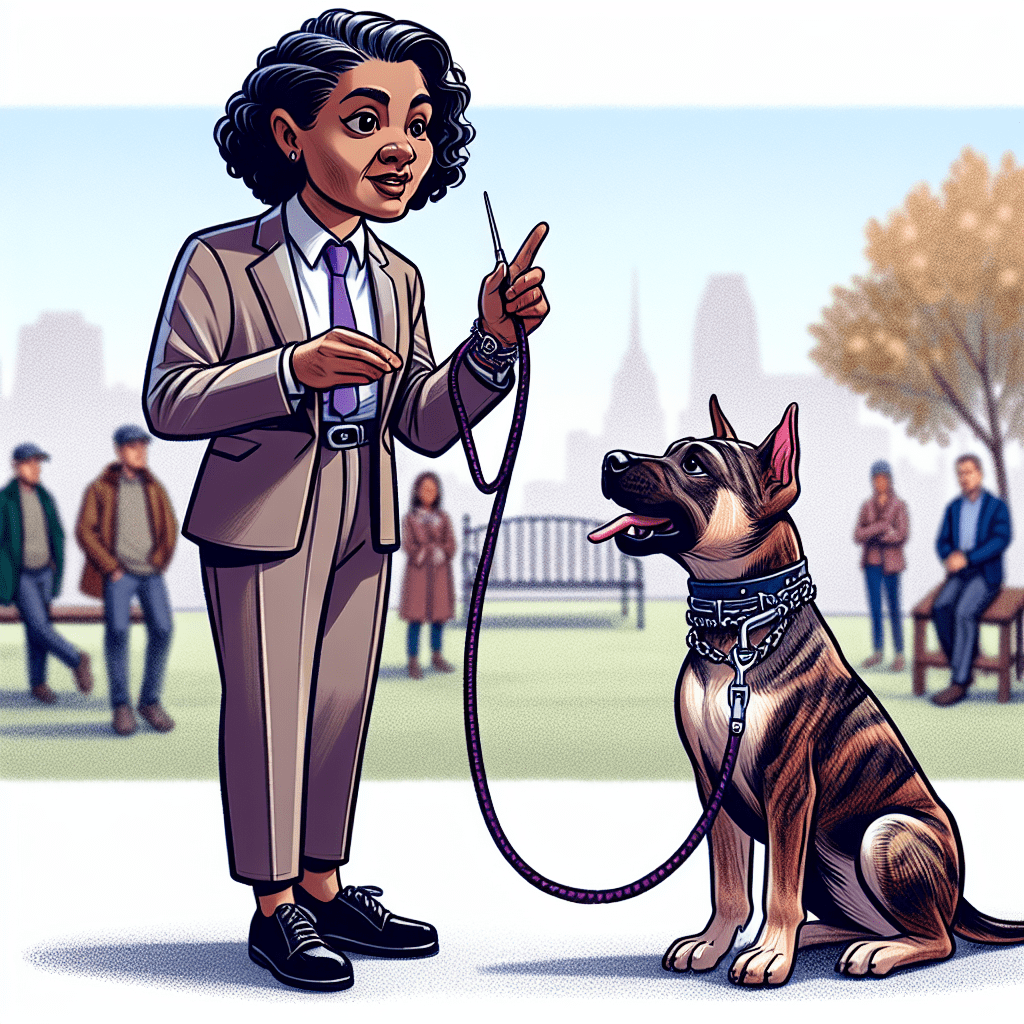
Taming the Tempest: Essential Training Tips for Handling Aggressive Dogs
As a devoted dog lover, nothing brings me more joy than watching my furry friends play, wag their tails, and show us unconditional love. However, not every pup comes with a gentle nature and a calm demeanor. Some dogs, unfortunately, face challenges that manifest as aggressive behavior. Whether it’s due to fear, past trauma, or other factors, aggressive behavior can pose risks to the dog and those around it. It’s crucial to understand that aggression is often a result of anxiety or fear rather than a fundamental disposition. With proper training and understanding, even the most tempestuous pups can blossom into loving companions.
In this blog post, we will explore essential training tips for handling aggressive dogs. We will break down this guide into eight chapters, each focusing on a different aspect of training. So, grab a treat for your dog, settle in, and let’s embark on this important journey together.
Understanding is the foundation of any successful training program. Aggression in dogs can be triggered by various factors, including fear, territoriality, and resource guarding. Whether your dog is growling at strangers, snapping at other pets, or showing signs of anxiety in certain situations, it’s vital to identify the root of the aggression.
By recognizing the triggers, we can work towards desensitizing our aggressive companions to these stimuli.
Training an aggressive dog requires immense patience. Rome wasn’t built in a day, and neither is the perfect doggo. Each dog is unique and will learn at its own pace.
The power of positive reinforcement cannot be overstated. Using treats, verbal praises, and affection as rewards instead of punishment can create an effective training atmosphere.
Proper socialization is essential in helping a dog learn how to interact positively with people and other animals.
Establishing a well-defined structure helps dogs feel secure. They thrive in an environment where they understand the rules.
If your dog displays severe aggression, it might be beneficial to consult a professional dog trainer or behaviorist.
Dogs speak to us through body language, and as dog lovers, it’s our responsibility to learn their language.
Training isn’t just about behavior; it’s also about creating a safe space for your dog.
Navigating the choppy waters of dog aggression can feel daunting, but with love, patience, and understanding, we can turn the tempestuous into the calm and composed. Each dog is uniquely capable of transformation if guided correctly. Remember to celebrate the small victories and stay committed to the training process. With time and effort, your furry friend can become the loving companion you’ve always dreamed of, embracing life with confidence and joy.
So, let’s keep our hearts open, our treat bags stocked, and our training methods kind. With the right approach, any dog has the potential to learn new behaviors and regain our trust. Here’s to taming every tempest!
Q: My dog shows aggression towards other dogs. What should I do?
A: Start by ensuring safe distances. Gradual exposure is crucial. Use treats to reward calm behavior and consider controlled playdates with well-behaved dogs.
Q: Can I train my dog not to be aggressive by myself?
A: Yes, many dog owners have successfully trained their dogs using patience and positive reinforcement. However, serious aggression issues may benefit from professional assistance.
Q: Is it possible for an aggressive dog to change?
A: Absolutely! With consistency in training and environmental management, many aggressive dogs can learn to cope with triggers and develop a calmer demeanor.
Q: What should I do if my dog reacts aggressively while we are out?
A: Stay calm and avoid confrontation. Remove your dog from the situation quickly and safely. Redirect their attention and reward calm behaviors.
Q: How long does it take to see results in training an aggressive dog?
A: The timeline varies based on the dog and the extent of the aggression. Consistent practice and patience are key—some dogs improve in weeks, while others take months or longer.
Unlock the Secrets to a Well-Behaved Dog! 🐾 Tired of your pup’s bad habits? Discover how to transform your unruly dog into a loving companion with our FREE Dog Training Mini Course! Learn essential commands, potty training tips, and effective techniques to eliminate unwanted behaviors in just days. Don’t miss out—sign up now and start your journey to a happier, obedient dog! Join Here! (https://bit.ly/3RJak0a)
Instantly Access Your Free Children’s Books Here! (https://payhip.com/BlueCherryStore) – Disclaimer: I may earn a commission from qualifying purchases as an affiliate. Please note that I only recommend products I believe will provide value to my readers.(M)